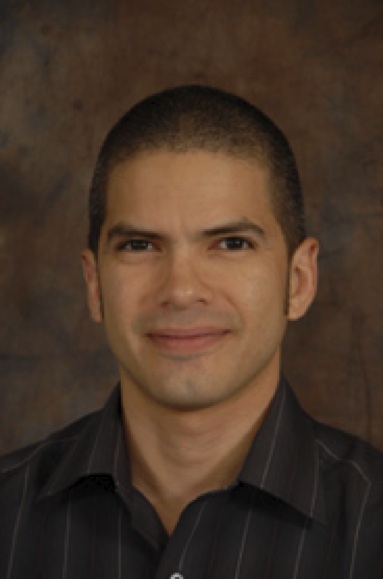Superhydrophobic Surfaces Friction Reduction under Partial and Complete Wetting
Surface microtexturing can lead to a superhydrophobic Cassie-Baxter state characterized by the presence of air pockets within the roughness. It is widely believed that these air pockets act as effective “shear free” (or at least shear reducing) regions that lead to lower global friction. In this talk we will explore the effects of pressure on the degree of microtexturing wetting and corresponding friction reduction characteristics in microchannel flow. It will be shown that friction reduction is for the most part insensitive to the degree of microtexturing wetting. Furthermore, under certain conditions a fully wetted Wenzel state can lead to lower friction characteristics than those of the un-wetted Cassie-Baxter state. Hydrodynamics and physicochemical interfacial phenomena provide insight into these behaviors. These findings can have major implications in the way we think about how these surfaces achieve friction reduction and in the optimization of microgeometries for specific applications.
Dr. Carlos Hidrovo is an assistant professor of mechanical engineering at The University of Texas at Austin. He earned his Ph.D. in mechanical engineering from MIT in 2001. Dr. Hidrovo worked as a Research Scientist in the 3D Optical Systems group at MIT and as a Research Associate in the Micro Heat Transfer Laboratory at Stanford University before joining the faculty of UT Austin in September 2007. He is the recipient of a 2012 NSF CAREER Award from the Fluid Dynamics program, the 2008 DARPA Young Faculty Award, and the ASME 2001 Robert T. Knapp Award. Dr. Hidrovo research interests lie at the intersection of multiscale and multiphase flow and transport phenomena, surface tension interactions in micro/nanoengineered structures, and electrokinetic ion transport in porous media for applications in energy storage, portable biochemical diagnostics, thermal management, and water treatment systems. He is also actively involved in developing novel imaging and diagnostic tools in these areas.
